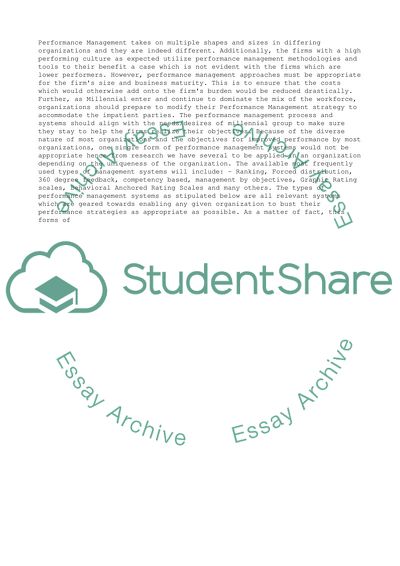Cite this document
(“The Performance Management Quandary Research Paper”, n.d.)
The Performance Management Quandary Research Paper. Retrieved from https://studentshare.org/management/1474351-the-performance-management-quandary
The Performance Management Quandary Research Paper. Retrieved from https://studentshare.org/management/1474351-the-performance-management-quandary
(The Performance Management Quandary Research Paper)
The Performance Management Quandary Research Paper. https://studentshare.org/management/1474351-the-performance-management-quandary.
The Performance Management Quandary Research Paper. https://studentshare.org/management/1474351-the-performance-management-quandary.
“The Performance Management Quandary Research Paper”, n.d. https://studentshare.org/management/1474351-the-performance-management-quandary.


